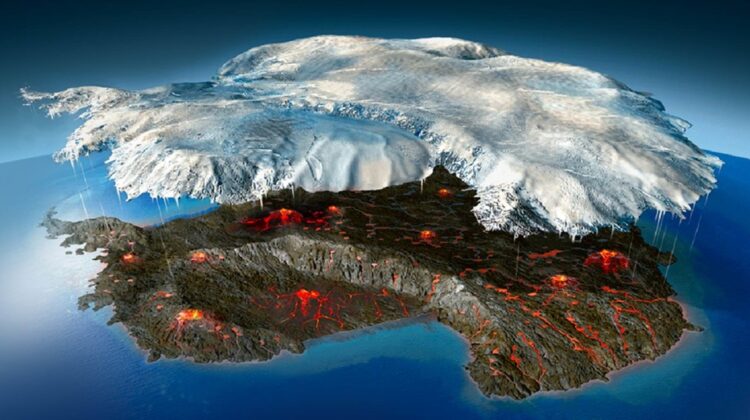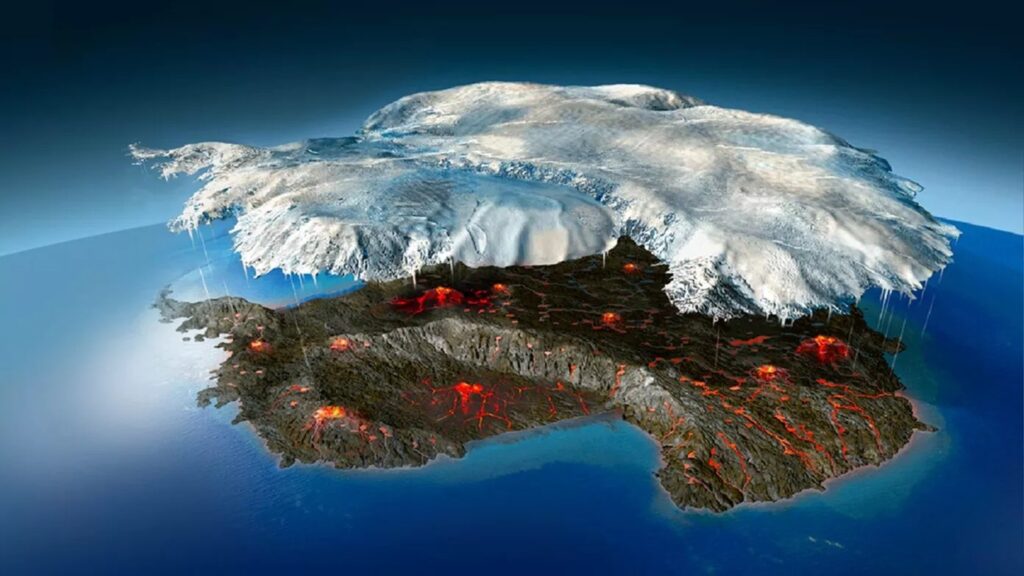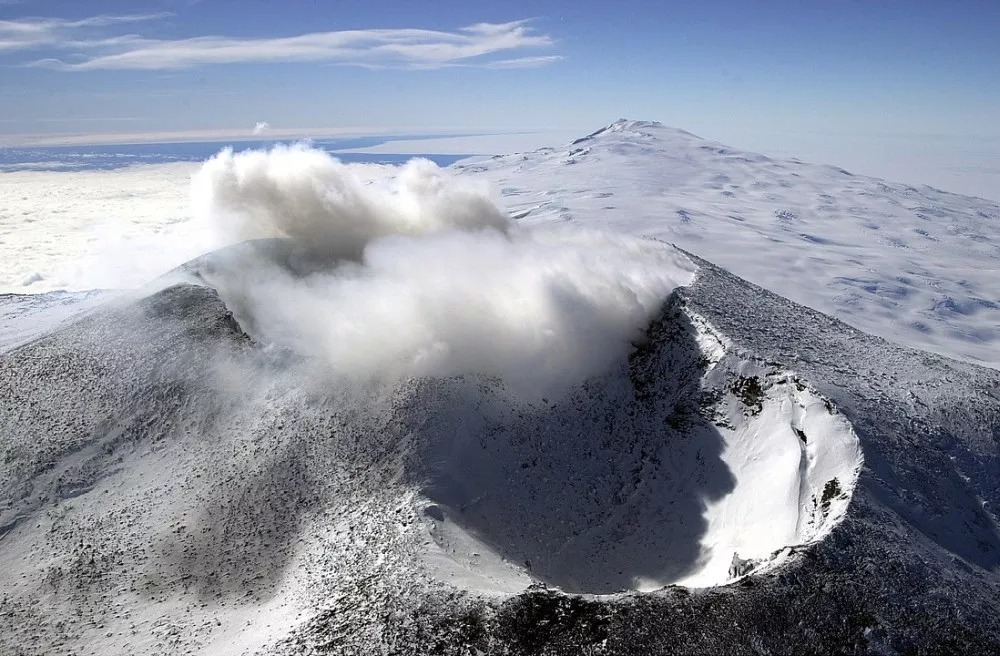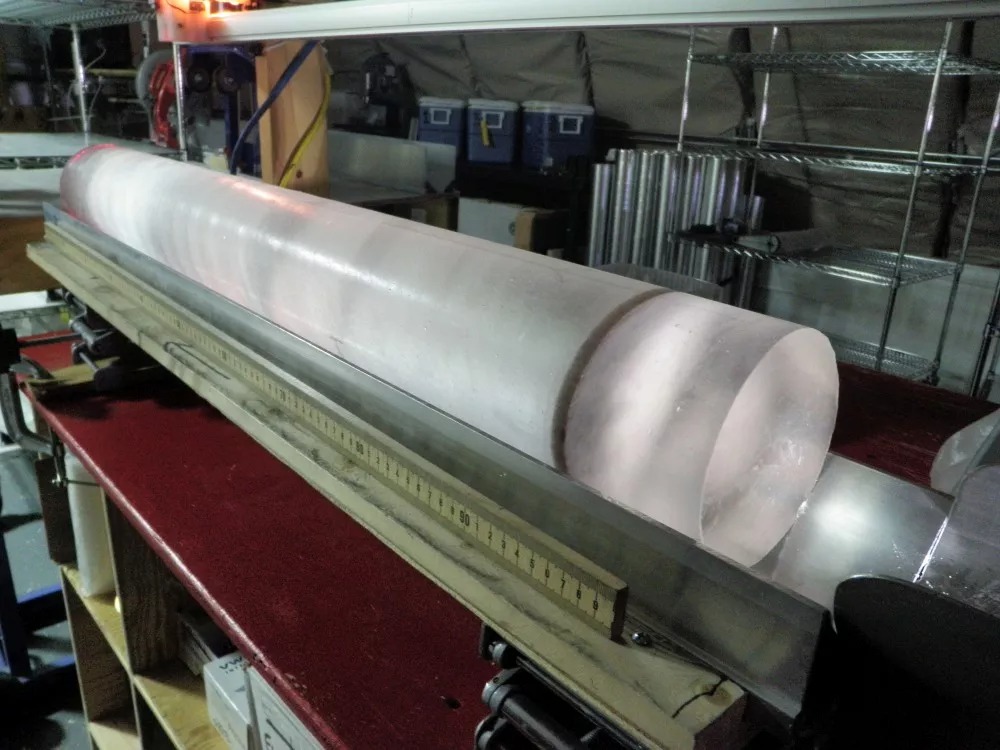
Few people realize that beneath the cold wastelands of Antarctica, there are over 138 volcanoes. Is it possible that volcanoes are contributing to the tremendous loss of polar ice?

Antarctica is the world’s southernmost continent and its fifth biggest. It is encircled by the Southern Ocean and covers the geographic South Pole. This arctic desert is the coldest, windiest, and highest-elevation continent on the planet. Surprisingly, Antarctica is home to 70 percent of the world’s freshwater.
It is also home to the world’s largest volcano range and the world’s largest glaciovolcanic region. Its volcanoes may be found across a distance of 3106,85 miles (5000 kilometers), stretching from the subantarctic South Sandwich Islands to East Antarctica. Scientists have long known about the volcanoes beneath Antarctica, but the actual number has remained a secret. However, a study conducted by University of Edinburgh researchers in 2020 indicated that West Antarctica alone had 138 volcanoes. 91 of these had never been seen before.

Only two of the 138 known volcanoes are active: Mount Erebus, which is now the most active, and Deception Island, which is the exposed point of an active shield volcano. Both have erupted in recent years, although neither has caused widespread devastation. In addition, rock samples suggest eruptive episodes in the previous 100,000 years, which are also visible in ice samples. In the recent geologic past, however, there is little evidence of significant volcanic eruptions in Antarctica.
Some have speculated, however, that volcanic activity on the continent may play a key part in the melting of Earth’s polar ice sheets. Is it possible that this is the case?

A loss of ice mass can indeed be observed in Antarctica, with approximately 146 gigatons of ice disappearing from the continent every year, since 2002. A 2017 study published by Loose et al. found evidence of a volcanic heat source beneath the ice shelf by measuring the composition of isotopes of helium in glacial meltwater flowing from the Pine Island Glacier Ice Shelf, the fastest melting glacier in Antarctica.
According to the experts, the volcanic heat source might be causing melting beneath the glacier. They did, however, come to the conclusion that volcanic heat does not play a significant role in the glacier’s mass melting. Instead, the increasing temperatures of the ocean that surrounds the huge continent of Antarctica are the most likely cause of melting.
While volcanic activity in Antarctica does result in a little amount of melting, experts believe that it does not contribute to the continent’s huge ice loss. The Antarctic ice sheet is millions of years old, and it has seen considerably more violent volcanic activity in the past, indicating that the continent can withstand much more damage.

So, for the time being, there’s no reason to be concerned about Antarctica’s volcanoes. The ones that are active offer no substantial threat, and more sleeping giants underneath the continent are unlikely to awaken in our lifetimes.
Those volcanoes beneath the ice, however, pique the interest…
